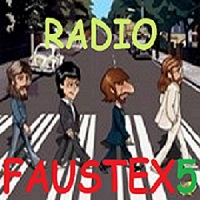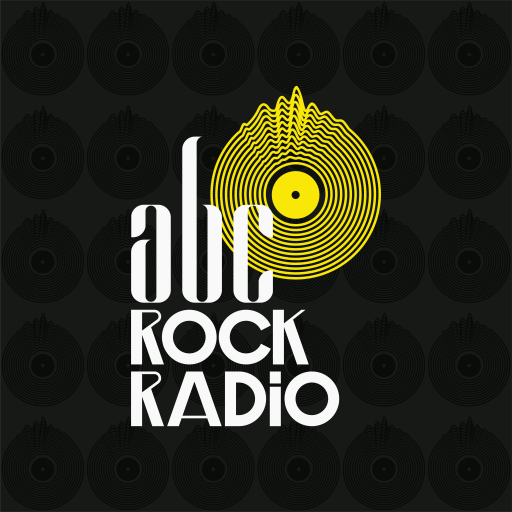Pop rock is a fusion of pop and rock that emerged in the late 1960s and early 1970s, characterized by its catchy melodies, upbeat rhythms, and a blend of rock instrumentation with pop sensibilities. This genre has evolved significantly over the decades, incorporating elements from various musical styles to create a diverse and dynamic sound.
One of the defining features of pop rock is its emphasis on accessibility and commercial appeal. Songs often feature memorable hooks, polished production, and lyrics that are relatable and emotionally resonant. The instrumentation typically includes electric guitars, drums, bass, and keyboards, with a focus on creating a balanced and harmonious sound. Vocals are usually front and center, with singers employing a range of techniques from smooth, melodic delivery to more gritty, rock-infused styles.
The genre's roots can be traced back to the British Invasion bands of the 1960s, such as The Beatles and The Rolling Stones, who combined elements of rock 'n' roll with pop sensibilities. These early influences laid the groundwork for what would become a distinct musical style. As the decades progressed, pop rock continued to evolve, incorporating new sounds and styles from other genres.
In the 1980s, bands like Journey and Bon Jovi brought a more polished, arena-ready sound to pop rock, characterized by soaring vocals, anthemic choruses, and elaborate stage productions. This era also saw the rise of power ballads, which combined emotional lyrics with grand, orchestral arrangements.
The 1990s witnessed a shift towards grunge and alternative rock, but pop rock continued to thrive with bands like The Goo Goo Dolls and Matchbox Twenty, who blended catchy melodies with introspective lyrics. This period also saw the emergence of female-fronted pop rock bands like No Doubt and Alanis Morissette, who brought a fresh perspective to the genre.
In the 2000s and beyond, pop rock maintained its popularity, with artists like Maroon 5 and Coldplay achieving massive success. These bands often experimented with electronic elements and other genres, expanding the sonic palette of pop rock. The rise of digital music production also allowed for more intricate and layered arrangements, further enriching the genre's sound.
Pop rock's enduring appeal lies in its ability to adapt and incorporate new influences while maintaining a focus on accessibility and emotional resonance. Whether it's the power ballads of the 1980s, the introspective lyrics of the 1990s, or the electronic-infused sounds of the 2000s, pop rock continues to captivate audiences with its blend of catchy melodies and rock energy.
Notable sub-genres within pop rock include power pop, which emphasizes melodic hooks and a more aggressive sound, and soft rock, which features a smoother, more laid-back aesthetic. Each sub-genre offers unique variations on the core elements of pop rock, contributing to the genre's rich musical tapestry.
In conclusion, pop rock is a vibrant and ever-evolving genre that combines the best of pop and rock music. With its catchy melodies, upbeat rhythms, and emotional resonance, it has captivated audiences for decades and continues to inspire new generations of musicians and fans alike. From its roots in the British Invasion to its modern iterations, pop rock remains a staple of contemporary music, offering something for everyone.
 522
522
 2
Peru, Lima Pop rock
2
Peru, Lima Pop rock RADIO FAUSTEX 5RADIO FAUSTEX 5
RADIO FAUSTEX 5RADIO FAUSTEX 5 211
Portugal, Aveiro Pop rock
211
Portugal, Aveiro Pop rock 186
Chile, Cabildo Pop rock
186
Chile, Cabildo Pop rock

